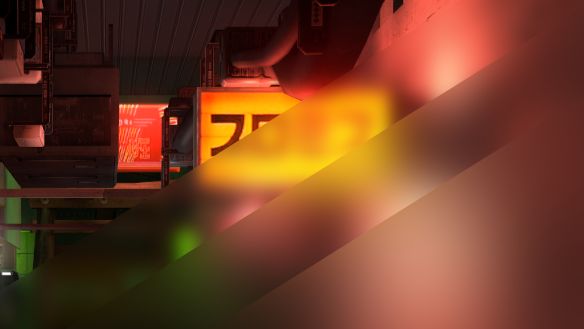US-Funded International Broadcasters Under Threat

For decades, the U.S. government has funded international broadcasters, providing news and information to authoritarian countries and countering censorship. However, a new appointee in the Trump administration is attempting to defund and dismantle these outlets, leading to legal battles. This move not only threatens the survival of these broadcasters but also allows countries like China and Russia to fill the information void with their propaganda, posing a threat to U.S. national security. The cuts also jeopardize America's efforts to combat censorship and disinformation globally.
Read more












